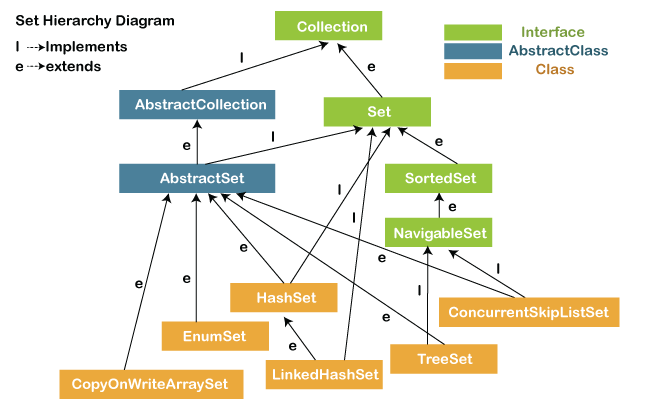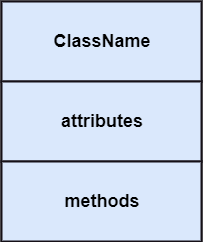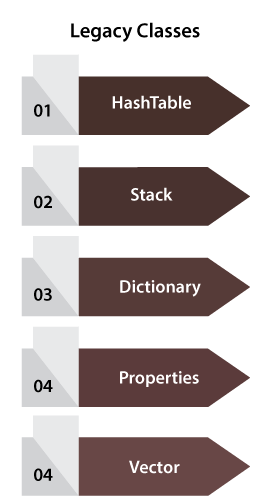types of classes in javatpoint
Object and Class Example. Additionally it can access all the members of the outer class including private data members and methods.
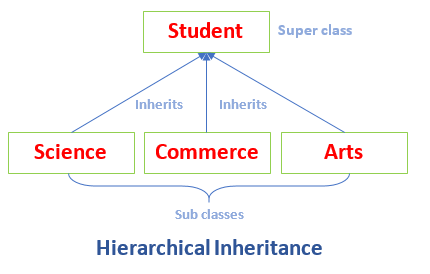
Types Of Inheritance In Java Javatpoint
They use constructor method to initialise.
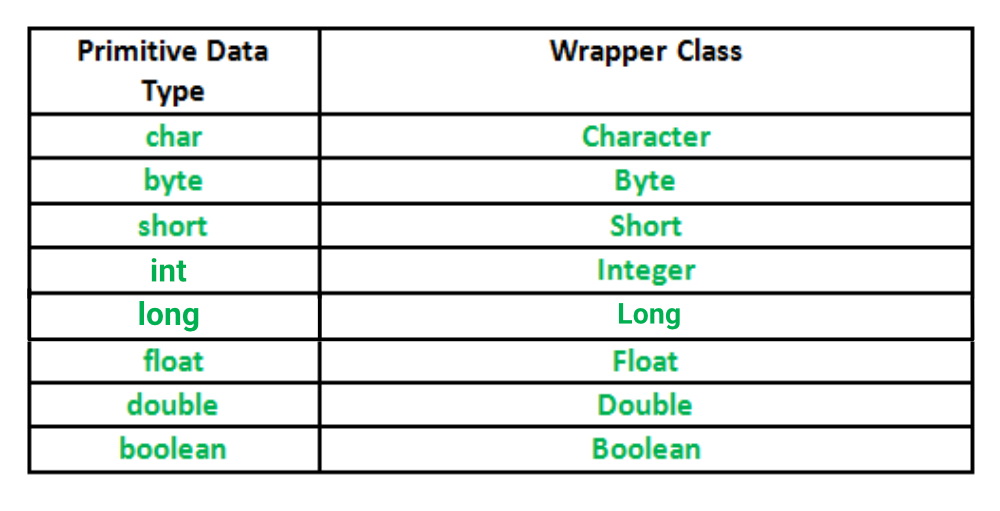
. JavaScript Classes. JavaScript class is a special type of function. Main within the class.
We use inner classes to logically group classes and interfaces in one place to be more readable and maintainable. P Class NP Class CoNP Class NP hard NP complete P Class The P in the P class stands for Polynomial Time. A typical Java program creates many objects which as you know interact by invoking methods.
The automatic conversion of primitive into an object is known as. And the typeof operator returns function for a class. Final Class When a variable function or class is declared final its value persists throughout the program.
Wrapper classes provide a way to use primitive data types int boolean etc as objects. We can define instance variables constructors methods nested classes and interfaces in the class body. It is a group of objects which have common properties.
It can be defined as template that describes the data and behaviour associated with the class instantiation. JavaObject Oriented ProgrammingProgramming Types of classes in Java Concrete class Any normal class which does not have any abstract method or a class that has an implementation of all the methods of its parent class or interface and its own methods is a concrete class. There are various types of classes that are used in real time applications such as nested classes anonymous classes lambda expressions.
Types of Classes Final Class Static Class Abstract Class Concrete Class POJO Class Singleton Class Inner Class 1. We are creating the object of the Student class by new keyword and printing the objects value. Java Generics - Classes.
For example class Person consolelogtypeof. Introduction of new version of JavaScript ES6 introduced the use of classes instead of functionsClasses are similar to functionsThey use class keyword instead of function keyword. In Java it is possible to define a class within another class such classes are known as nested classes.
It is a logical entity. The HTML class attribute is used to specify a single or multiple class names for an HTML element. These classes are known as parameterized classes or parameterized types.
Accessing Scala nested classes from Java 1. TypeScript Classes In object-oriented programming languages like Java classes are the fundamental entities which are used to create reusable components. The table below shows the primitive type and the equivalent wrapper class.
Java inner class or nested class is a class that is declared inside the class or interface. They enable you to logically group classes that are only used in one place thus this increases the use of encapsulation. 63 rows Java Class class instances represent the classes and interfaces in a running java.
Since J2SE 50 autoboxing and unboxing feature convert primitives into objects and objects into primitives automatically. We can easily construct Bar in Java with new FooBarBut everything changes when we add an extra level of nested classes. Here we are creating a main method inside the class.
Classes always follow use-strict. In this example we have created a Student class which has two data members id and name. The type parameter section of a generic class can have one or more type parameters separated by commas.
Lets say we have the following class structure in Scala. Non-static Nested class is the most important type of nested class. Static Class Final Class Abstract Class Concrete Class Singleton Class POJO Class Inner Class 1.
A generic class declaration looks like a non-generic class declaration except that the class name is followed by a type parameter section. Declaring a method with the final keyword indicates that the method cannot be overridden by subclasses. Complexity classes are useful in organizing similar types of problems.
An object consists of. In object-oriented programming a class is a basic building block. Object It is a basic unit of Object-Oriented Programming and represents real life entities.
But the reverse is not true that is Outer class cannot directly access members of Inner class. Static Class We can declare a class as static if and only if it is a nested class. A Generic class simply means that the items or functions in that class can be generalized with the parameter example T to specify that we can add any type as a parameter in place of T like Integer Character String Double or any.
In Java a class is only a blueprint and the memory is occupied only when the object of the class is created. In terms of OOPs a class is a template or blueprint for creating objects. It has access to all variables and methods of Outer class including its private data members and methods and may refer to them directly.
Different types of classes. We can declare an inner class with the static modifier such types of inner classes are called static nested classes. The class name can be used by CSS and JavaScript to do some tasks for HTML elements.
All the code inside the class is automatically in strict mode. You can use this class in CSS with a specific class write a period character followed by the name of the class for selecting elements. Object Foo class Bar.
Syntax of Inner class. Types Of Classes In Java 1 Concrete Class 2 POJO Class 3 Abstract Class 4 Static Class 5 Final Class 6 Nested Class Inner Class Other Special Classes In Java Immutable Class In Java Singleton Class In Java Object Class In Java Wrapper Class In Java Frequently Asked Questions Conclusion Recommended Reading. What are the different types of classes in Java.
6122021 Wrapper class in Java - Javatpoint 210 Wrapper classes in Java The wrapper class in Java provides the mechanism to convert primitive into object and object into primitive. It is also known as Inner class. Sometimes you must use wrapper classes for example when working with Collection objects such as ArrayList where primitive types cannot be used the list.
Let p new Person. Instantiating is a class is to create an object variable of that class that can be used to access the member variables and methods of the class. However java provides new keyword to create an object of the class.
Types of Complexity Classes This article discusses the following complexity classes.
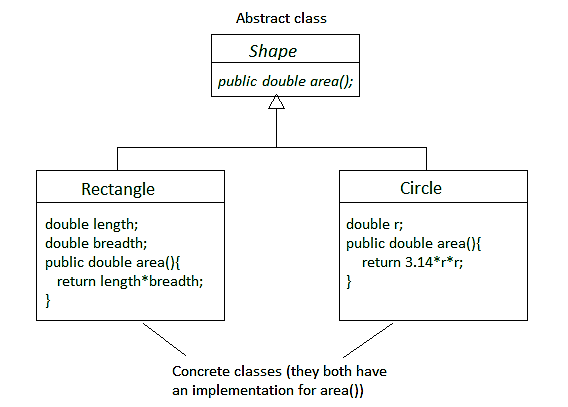
Concrete Class In Java Geeksforgeeks

Classloader In Java Javatpoint
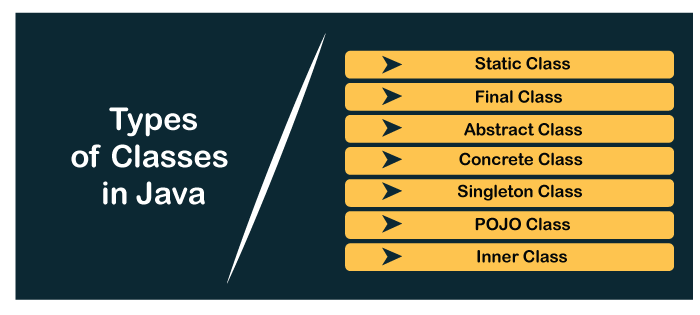
Types Of Classes In Java Javatpoint
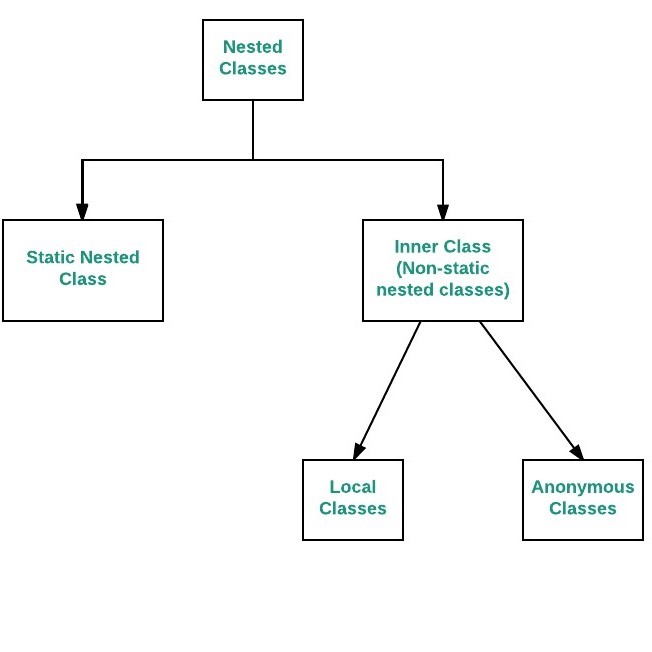
Nested Classes In Java Geeksforgeeks
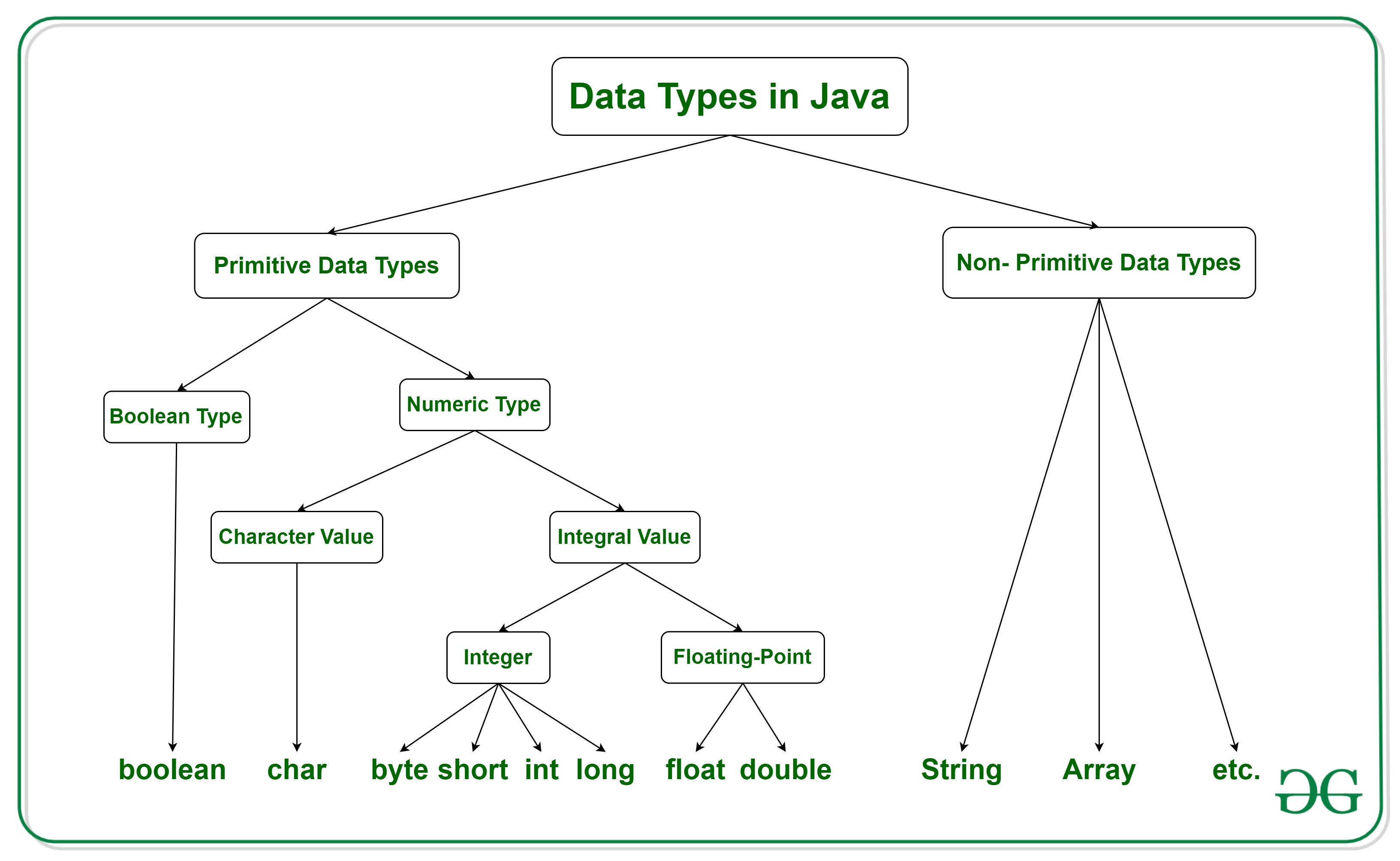
Data Types In Java Geeksforgeeks

Wrapper Classes In Java Geeksforgeeks

Oop Concepts In Java Codingnomads
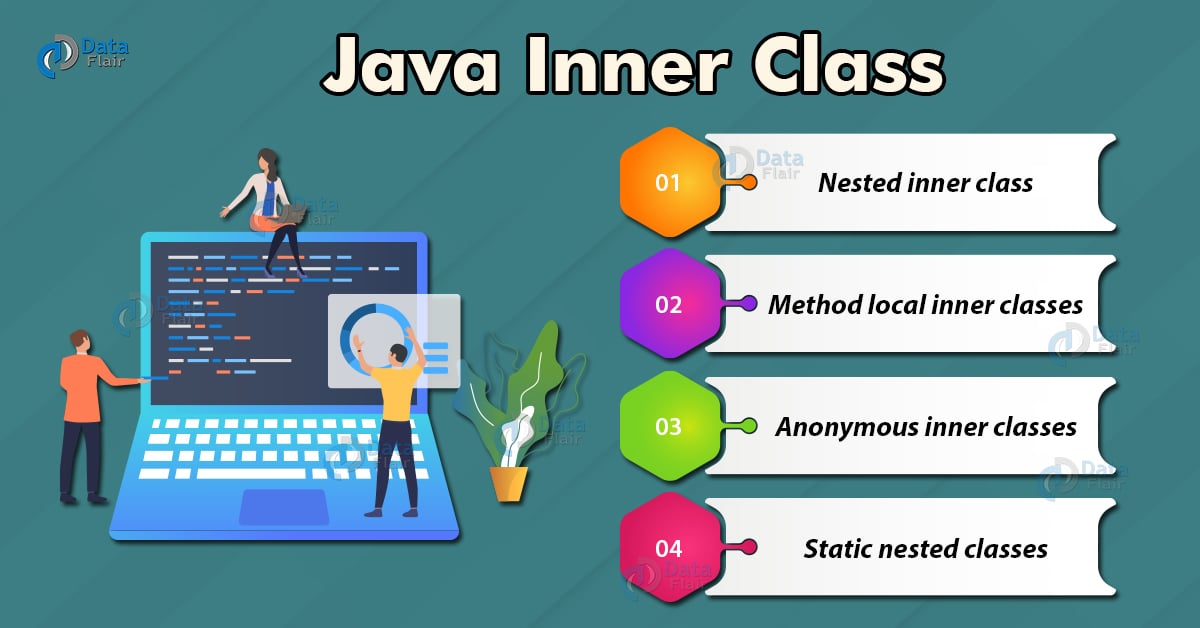
4 Types Of Java Inner Class You Must Know Dataflair
What Are Java Classes And Objects And How Do You Implement Them
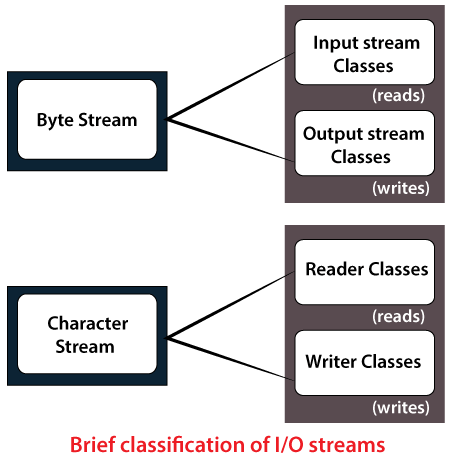
File Operations In Java Javatpoint
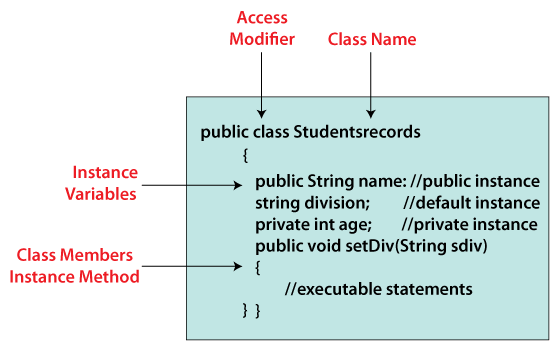
Instance Variable In Java Javatpoint
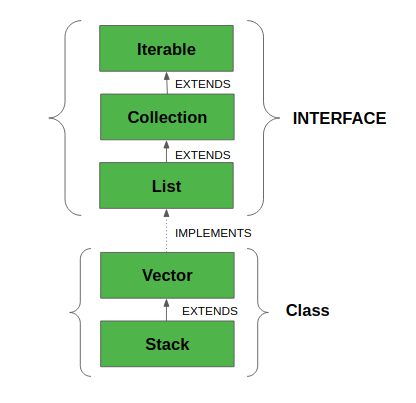
Vector Class In Java Geeksforgeeks
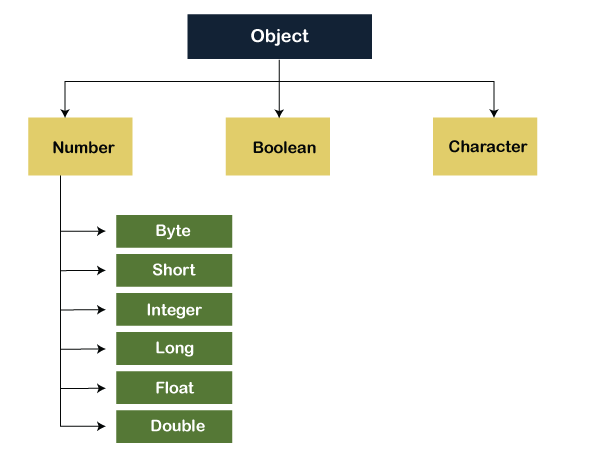
Types Of Classes In Java Javatpoint
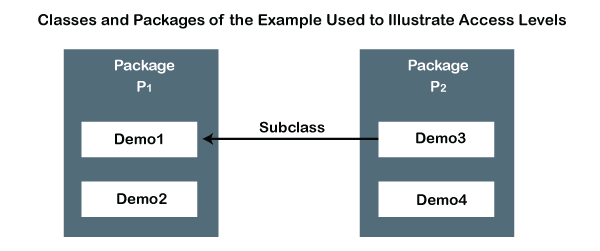
Public Vs Private Java Javatpoint
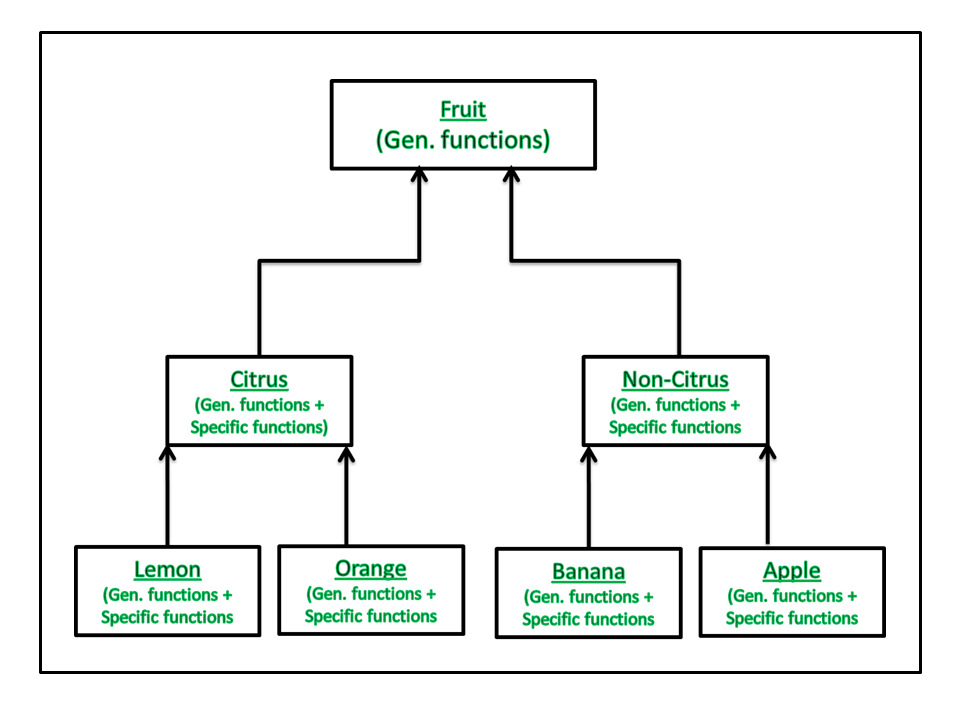
Generalization And Specialization In Java Geeksforgeeks
